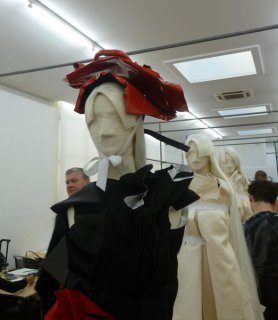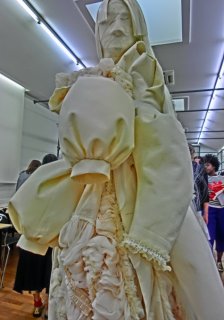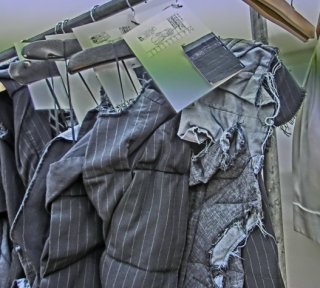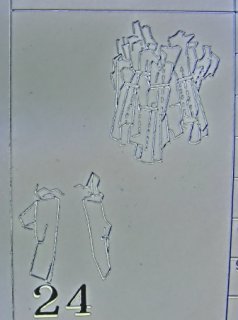thanks for the etymology and philosophy lessons runner...
makes perfect sense to me...
i like the musical reference in both cases...
tang- i'd say your instincts are pretty much spot on in this case...
watching the video was good...
seeing the rear views and the movement makes the whole collection come alive in a much more real and relevant way...
i think the first 1/2 is more successful---
all the folds and details get lost in the black fabrics, imo...
i also felt like the hats were hard sculpture while the garments were soft sculptures...another clash, of sorts...
outstanding work ...

agree agree agree!!!









 ...
...